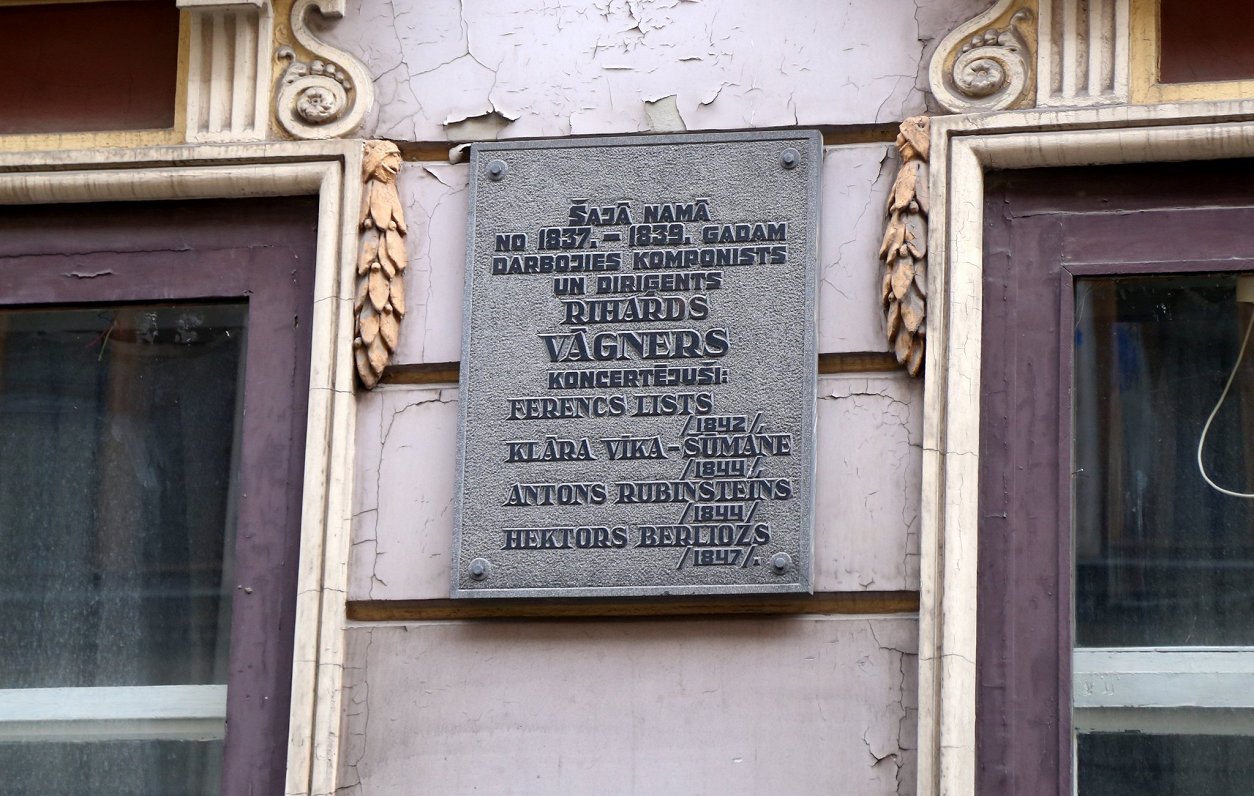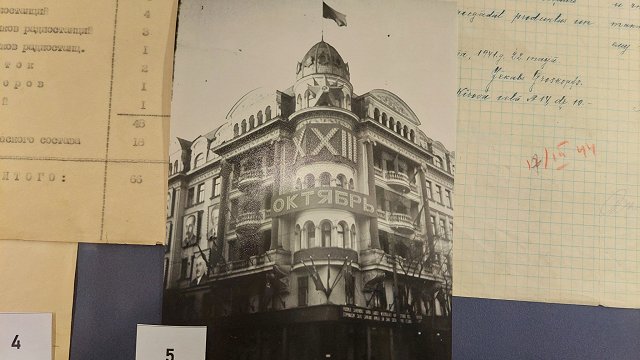Richard Wagner (1813-1883) was a radical opera composer. His works were often essential and epic in scale – especially the sixteen-hour operatic tetralogy The Ring of the Nibelung. The four parts of the complex melodrama are usually presented over several days, and the weeklong trek through the saga demands endurance, stamina and sitzfleisch – a German word denoting the ability to sit still for long periods of time. Clearly, The Ring is not for people in a hurry or entertainment for the tired or preoccupied – it needs dedication and engagement.
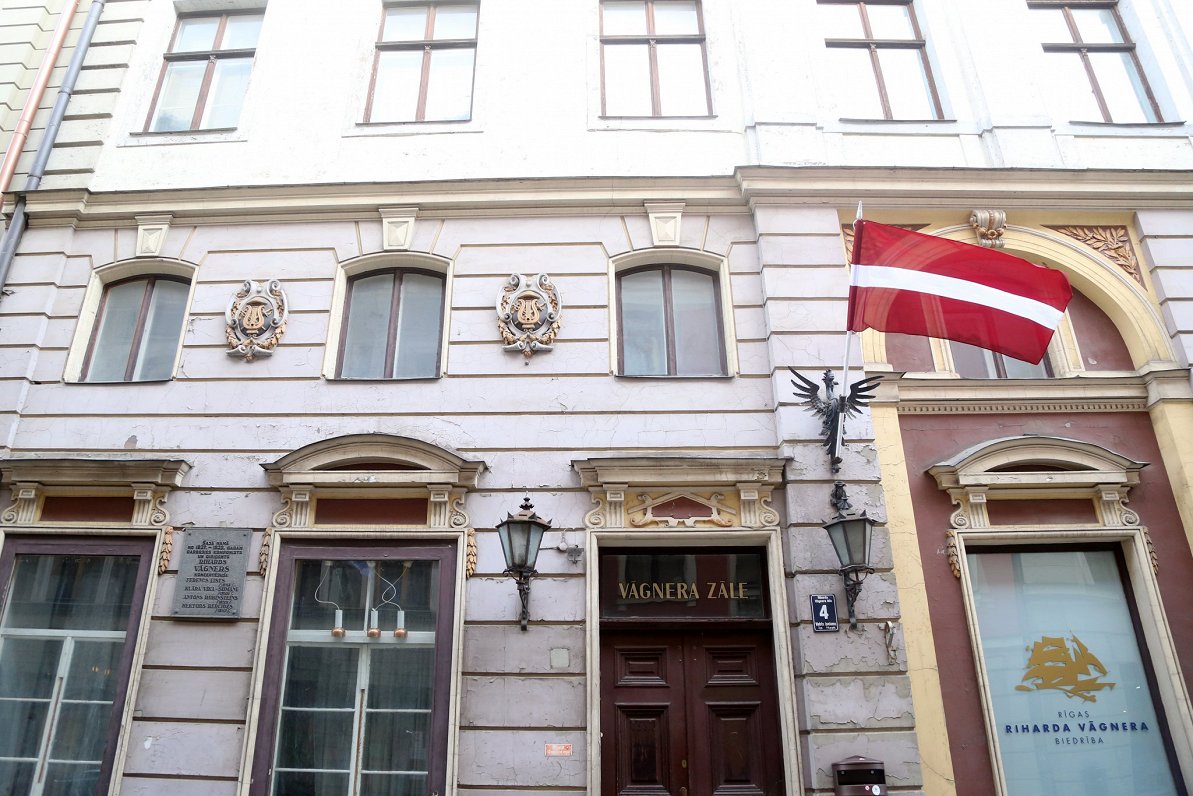
Maybe just as epic in scale and similarly challenging to pursue as the Ring are the renovation works needed for restoring the theater and concert hall bearing Wagner’s name in Riga. The building known as Vagnerzāle in the very Old Town of the Latvian capital, where young Richard Wagner served as Kapellmeister (chief conductor) at the Riga German City Theatre and raised the baton there from August 1837 to June 1839, is in a desperate state of dispair. It has been closed now for a decade and a half and many eyebrows were raised over the physical state of the once-great concert hall after the last curtain fell in 2007.
After several repeatedly unsuccessful attempts to refurbish and revive the building, a new initiative for the rebirth of the theater has gained momentum. The driving force behind the ambitious project named “GesamtkunstWerk21” is Māris Gailis, a former Prime Minister.
“I am a Wagner enthusiast. I firmly believe that this building has a very great cultural and tourism potential. The portion of Wagner‘s legacy to which Latvia has been entrusted in this building also belongs to the world,“ says the chairman of the Richard Wagner Society Rīga.
The 70 year-old Gailis was PM of Latvia for a short time in the 1990s, later on becoming an entrepreneur. Now he is trying to use his influence and experience to finally bring Wagner back to life in Riga.
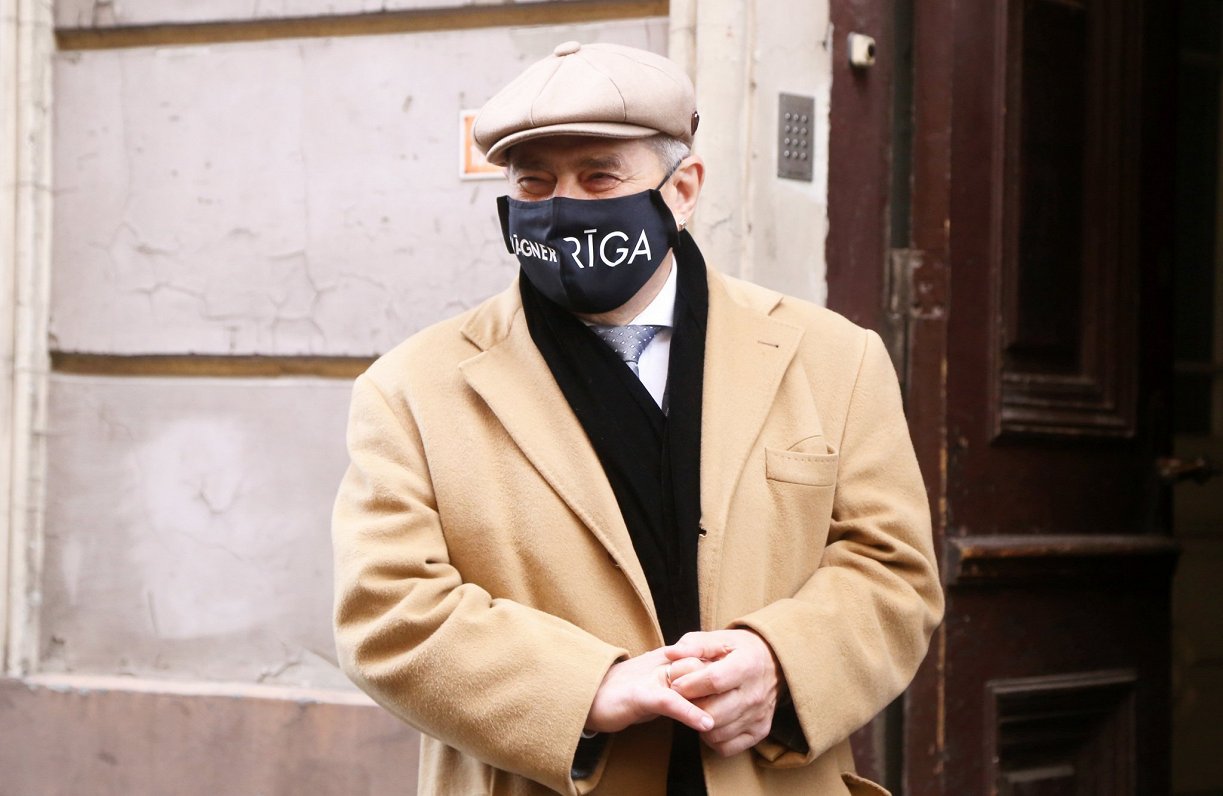
“I could be enjoying my retirement but I want to do something nice – for society and for myself,“ Gailis said with a smile, when taking the lead through the huge building complex which opens up behind the inconspicuous crumbling facade on Richard Wagner street 4.
Lasting impression and impact
Built in 1782 by the Baltic-German architect Christoph Haberland on behalf of theatre and arts patron Baron Otto Hermann von Vietinghoff, the Riga City Theater was the first permanent theatre building in Rīga. It served as the city’s cultural center for over a century. Franz Liszt, Clara Schumann and other renowned artists from the German-speaking arts world gave guest performances there, while the most glorified episode in the long and rich history of the building is Wagner’s stint as chief conductor.
The German musical genius arrived at the age of 24 in Riga – then within the Russian Empire – to take up his position at the Riga City Theater. But debts and squabbles with the theatre director made him escape from the Baltic metropolis after a mere two seasons. Despite his brief stay, Riga was a decisive and formative place in the early artistic life of the composer. It was here that Wagner began his work on his early opera Rienzi, while the stormy sea crossing during his adventurous departure by ship to London and from there on to Paris would inspire him to write the Flying Dutchman.
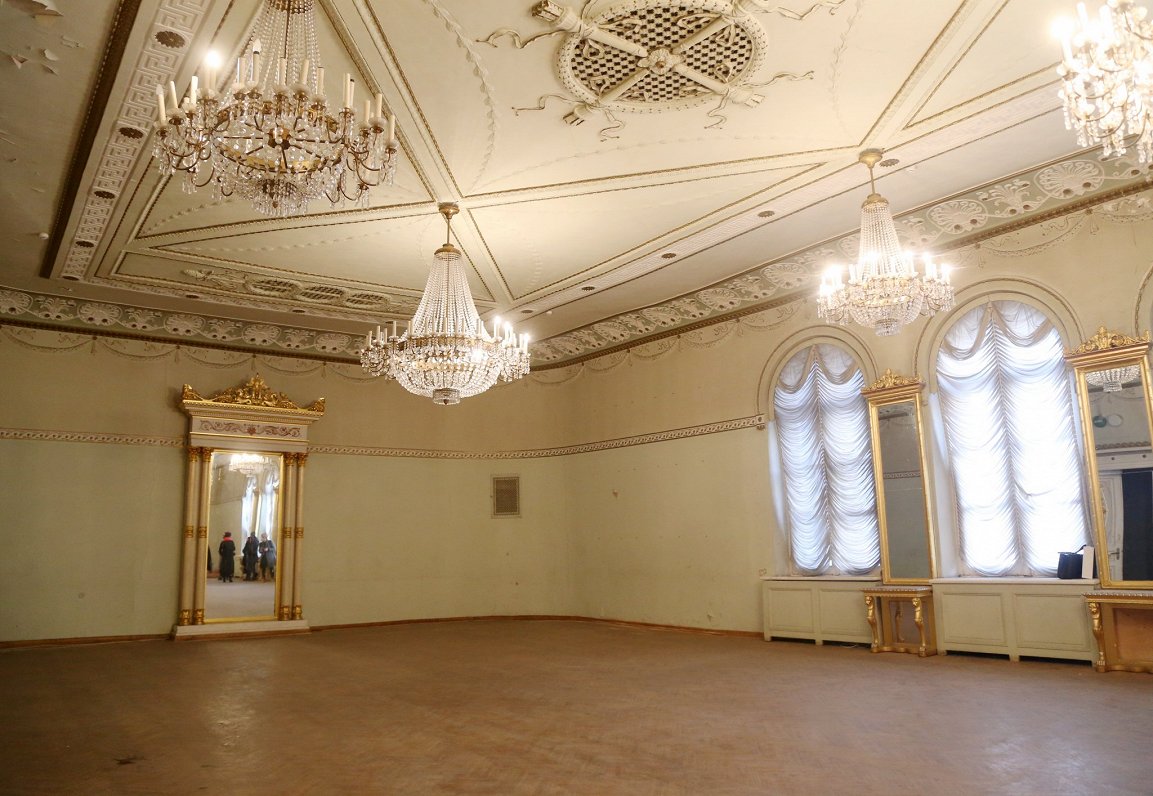
Possibly still the biggest impact on him was the Riga City Theater itself. It was later used as an architectural blueprint for the Festspielhaus in Bayreuth. The most important feature of Wagner’s famous festival theatre atop the Green Hill in the north Bavarian town is an amphitheatre-shaped auditorium with no special loges for prominent guests, and with the orchestra concealed beneath the stage. As a result, the audience hears the music, but does not see the musicians. Wagner called this a 'mystical abyss'. Even today this feature provides the unique and superb acoustics of the Festspielhaus.
"The groundbreaking impulses for these arrangements came from the layout of the Riga German City Theatre“, Gailis explains, while showing off some of the building’s historical plans. Visible on them are three levels including a balcony and a gallery, plus a partially covered orchestra pit and amphitheatre-style rising parquet floor.
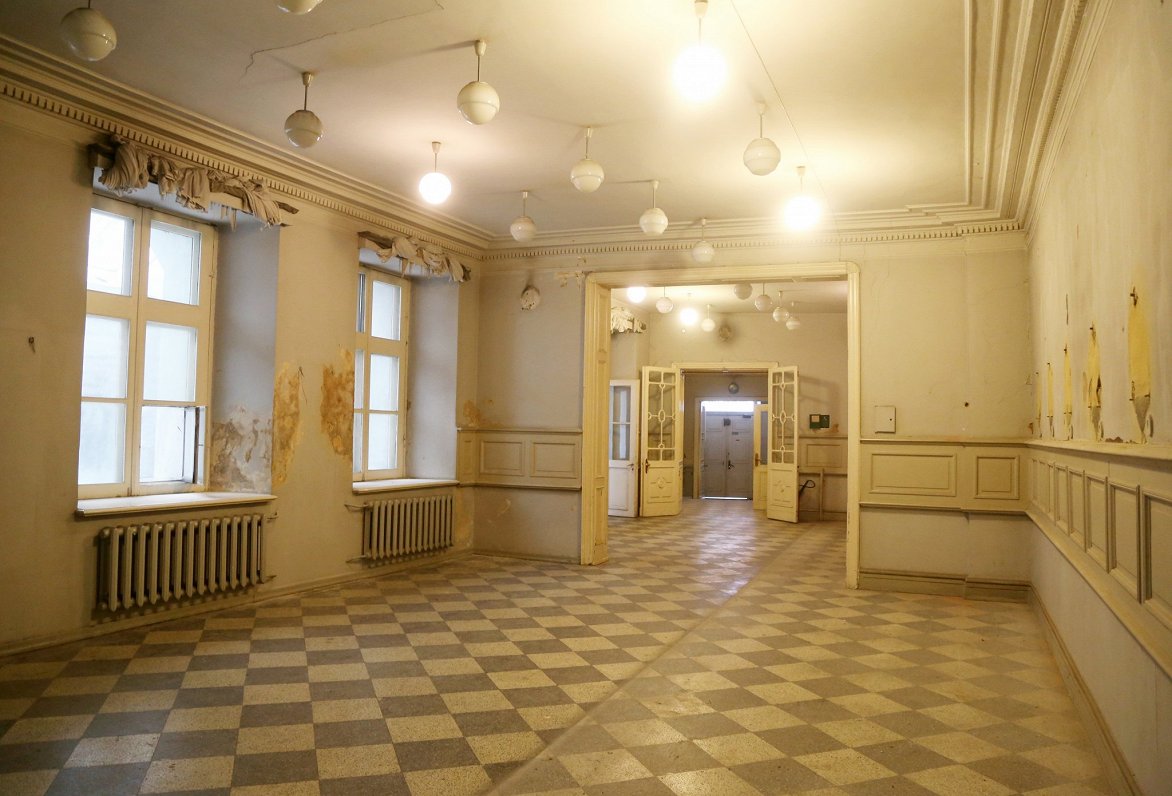
This architectural setting, however, was scrapped in the late 19th century when theater performances were halted and the City Theatre moved to its new premises – the present Latvian National Opera and Ballet building.
Restoring former glory
Being redesigned and rebuilt several times, the German Riga City Theater lost its original form and has been altered significantly. It was given new fixtures as the “Wagner Hall” during Soviet times and used for various cultural purposes, including a library, dance hall and music club. In another remodelling in 1988, the upper floor of the vast building, where the German Society of Riga “Musse” had been housed until the Second World War, was restored and the ballroom adapted for chamber music concerts.
Nowadays, only a few details of the former interior and an elegant cast iron staircase have been preserved, while long and thick cracks on the walls and large water stains on the ceilings of the venerable rooms are evidence of the poor condition of the building. But this is about to change during the restoration that is based on a design plan drawn up by Gailis’ wife Zaiga Gaile, one of the most renowned architects in Latvia. Both of them are driven by a shared passion and sense of commitment.
"We knew from the very beginning that we want to restore the theater hall like it was in Wagner’s time“, Gailis relates. To be more than just a Wagner pilgrimage site, under the banner of “GesamtkunstWerk21” the building should also become a musical cultural centre with a museum and rooms for seminars and for young musicians. For this very purpose, the Wagner Thearter was handed over by the Latvian state to the Richard Wagner Society Riga in fall 2020 in the form of a public-private partnership.
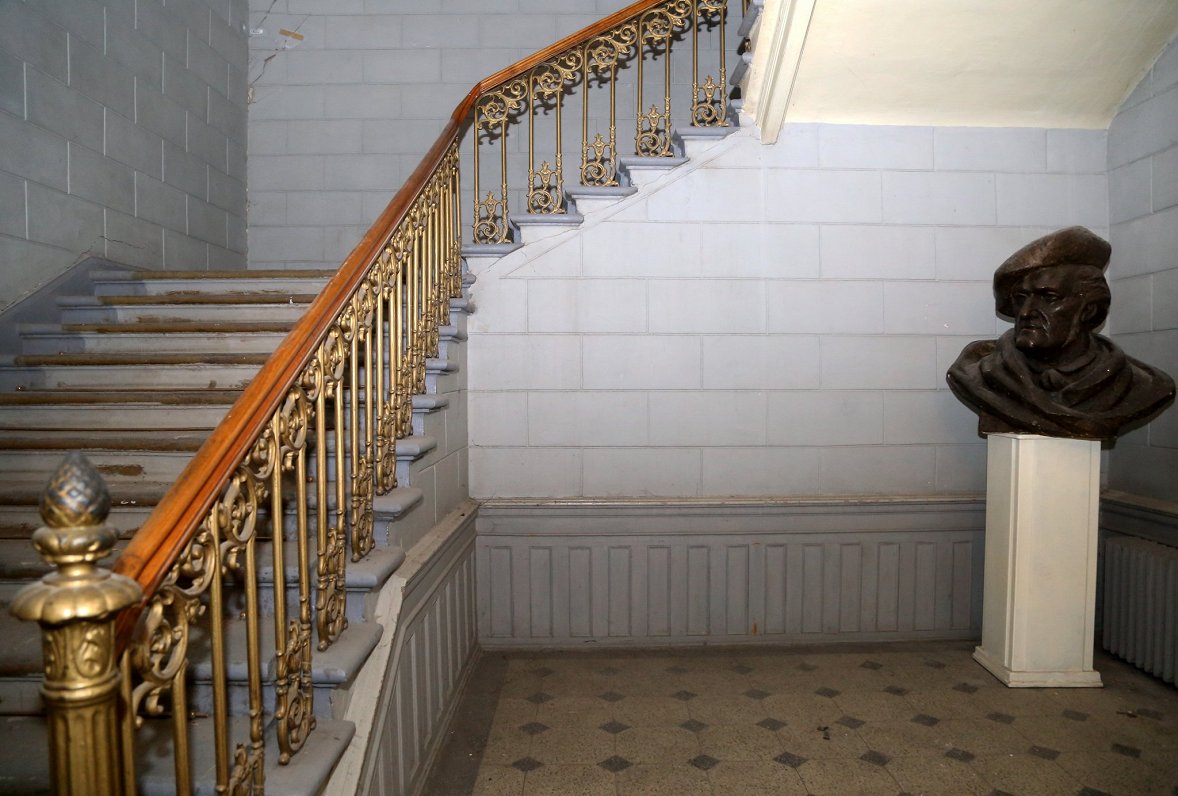
Since then, the fundraising for the renovation with a price tag of EUR 35 million is in full swing. The response so far from the public and from private sponsors give some reason to be believe that the Wagner Hall may reopen its doors in the not-too-distant future. Gailis is well-connected and managed to convince an impressive range of personalities to be patrons of his project: The tireless entrepreneur successfully approached the composer's great-granddaughter Eva Wagner-Pasquier and also has the support of both the Latvian and German State Presidents.
Still, the not yet started renovation remains full of challenges. The decisive factor will be whether the ambitious project can be financed but also bureaucratic hurdles or political quarrels might cause delays. Gailis seems not overly worried about it and is determined to continue devoting all his energy to the Wagner Theater. Being a true Wagnerite, he is supposed to have the necessary perseverance to see the project through to the end.
“We saw the complete Ring when it was staged in Riga in 2013“, he said proudly. “It was wonderful.”
This feature also appears in the latest edition of the Baltic Business Quarterly magazine published by the German-Baltic Chamber of Commerce in Estonia, Latvia and Lithuania and is reproduced by kind permission.
